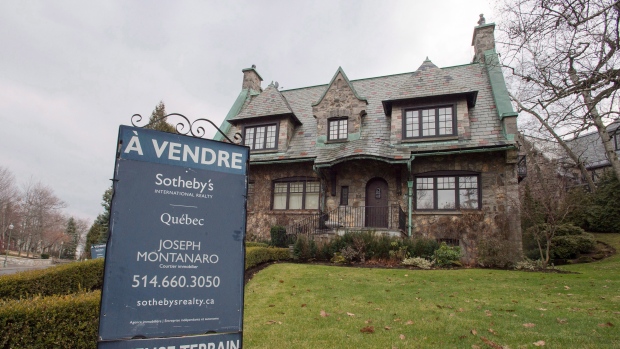
Billionaire Stephen Ross Believes in South Florida—and Is Spending Big to Transform It
The Related Cos. founder is following the money flowing south by bringing his influence to everything from real estate to schools and health care.
Latest Videos
The information you requested is not available at this time, please check back again soon.

The Related Cos. founder is following the money flowing south by bringing his influence to everything from real estate to schools and health care.

Initial data on US gross domestic product for the first quarter of 2024 is set to confirm an ongoing economic boom amid a tailwind from surging immigration.

A South Florida office skyscraper from Related Cos. landed new finance tenants, including a John Paulson business and a private equity firm that counts Mark Bezos as a founding partner.

Oracle Corp. is moving its headquarters out of the city. Tesla Inc. is pulling back after a rapid expansion. Almost a quarter of commercial office space is vacant, and nowhere in the country have residential real estate prices fallen further from their pandemic peak.

Mortgage rates in the US increased for a fourth straight week.
Jan 30, 2018
, Bloomberg News

A new generation of affluent homebuyers powered by a surge in inherited wealth is driving the luxury-home market, demanding larger spaces and fancier finishes, according to a report heralding “the rise of the new aristocracy.”
Prospective homebuyers under 50 account for most of those shopping for homes priced at US$1 million or more, according to the report. Nearly a quarter of high-net-worth consumers between 25 and 49 said they would look for at least 20,000 square feet when they made their next home purchase; it was just 6 per cent for respondents 50 or older. The report is based on a survey of more than 500 consumers with at least US$1 million in investable assets, conducted last month on behalf of Luxury Portfolio International, a network of real estate brokerages.
Other home features deemed “essential” by a large share of these new aristocrats include hot tubs, at 45 per cent; commercial-grade kitchen appliances, at 52 per cent; and multiple-view security cameras, at 54 per cent. Proximity to good restaurants was the most important community amenity in the survey results -- followed by proximity to family.
Three of five respondents under 50 said they expect to inherit at least US$1 million, with an average inheritance of US$3.8 million. Thanks to a tax provision passed under George W. Bush, a lot of that wealth is available sooner to today’s heirs. More than 171,000 families gave gifts of at least US$1 million between 2011 and 2014, according to the report, a giant leap from about 7,600 families who made US$1 million gifts between 2007 and 2010. Another boost will come from the new tax law, which cuts taxes on the rich, and a booming stock market that is translating into demand for luxury homes.
The U.S. housing market has already responded to the demand for larger homes. In the years following the foreclosure crisis, builders focused on erecting larger, higher-end houses and condominiums, exacerbating a shortage of homes that entry-level buyers could afford. Median homes sizes have pulled back slightly since a peak in 2015, but today’s new homes are still nearly 50 per cent larger than when the U.S. Census Bureau started keeping track in the late 1970s.